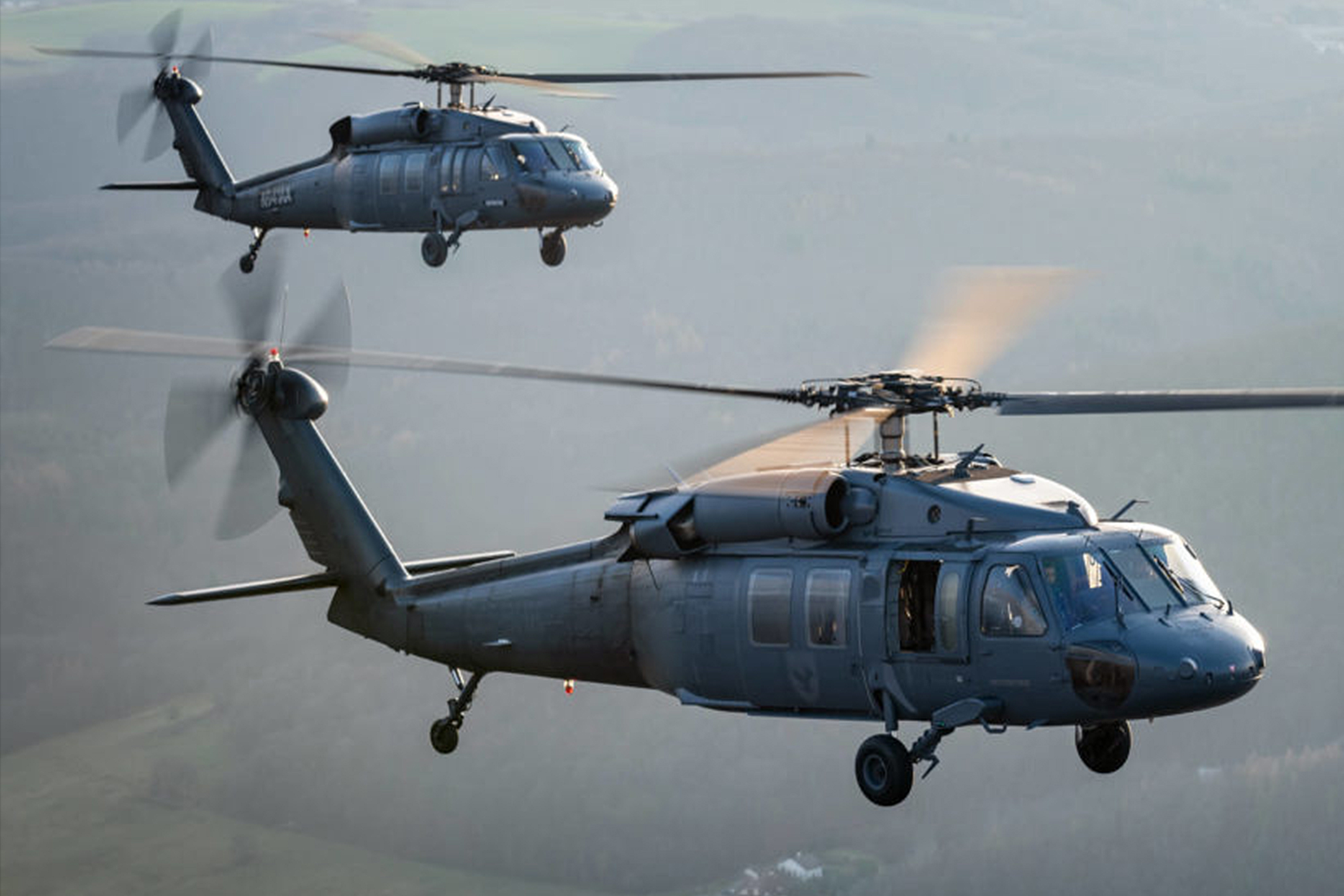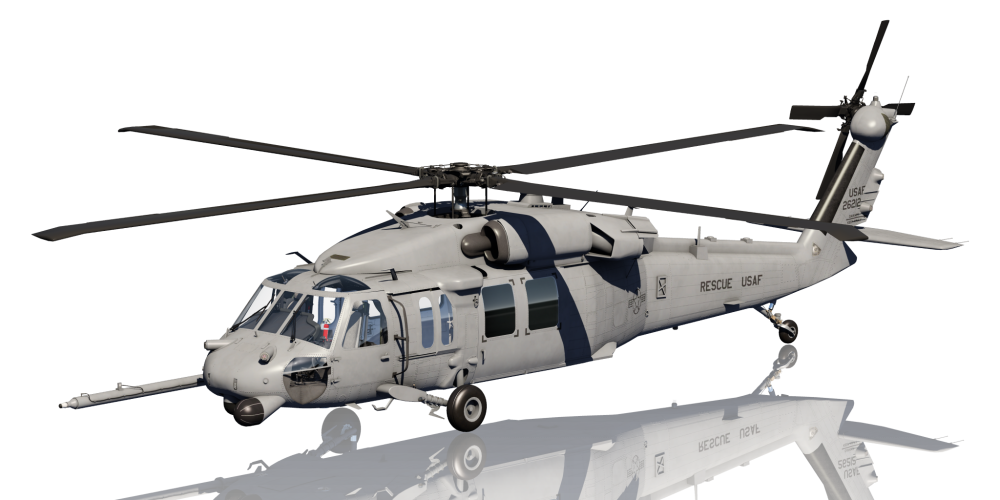Breaking Down the UH 60's Impact on Global Protection Approaches and Procedures
Breaking Down the UH 60's Impact on Global Protection Approaches and Procedures
Blog Article
Crucial Realities and Insights Concerning the UH-60 Helicopter
The UH-60 helicopter, a keystone of modern armed forces aeronautics, has advanced significantly because its intro in 1979. Understanding the details of the UH-60's role discloses an intricate narrative of development and adaptation that benefits better expedition.
Background of the UH-60
The UH-60 Black Hawk helicopter was created in the late 1970s as component of the USA Military's effort to replace the older UH-1 Iroquois. The demand for an extra flexible, sturdy, and capable airplane developed from the lessons found out throughout the Vietnam Battle, where the constraints of the UH-1 ended up being obvious. In 1972, the Military launched a program to acquire a new utility helicopter, culminating in an affordable layout stage that saw several suppliers send propositions.
Sikorsky Aircraft was eventually awarded the contract in 1976, and the initial model of the Black Hawk flew in 1974. Its layout focused on advanced innovation, including a four-blade blades system and a modular building and construction that enabled quick field upkeep and versatility to numerous objectives. Formally going into service in 1979, the UH-60 quickly came to be the foundation of Army aviation, offering in a wide range of functions such as troop transport, medevac, and logistical support.
For many years, the Black Hawk has gone through different upgrades and adjustments, solidifying its status as a necessary possession in armed forces procedures around the world (UH 60). Its robust performance proceeds to meet the advancing demands of contemporary war
Layout and Attributes
Incorporating sophisticated design principles, the UH-60 Black Hawk features a smooth, wind resistant layout that enhances its performance and effectiveness. This twin-engine energy helicopter is characterized by its distinctive shape, with a high-mounted, four-blade major rotor system that gives exceptional lift and security. The rotor blades are constructed from composite materials, adding to their longevity and minimizing upkeep needs.
The body is designed for ideal weight circulation and structural honesty, enabling for a maximum gross weight of about 22,000 extra pounds. The cabin layout helps with versatile setups, suiting various objectives, from troop transportation to medevac procedures. Furthermore, the cabin is geared up with sophisticated avionics, consisting of electronic display screens and multi-functional systems that enhance situational awareness.
The UH-60 likewise includes composite products in its airframe, which lower radar cross-section and boost survivability in hostile settings. Its retractable touchdown gear enhances the aircraft's account, more adding to its aerodynamic performance. Generally, the thoughtful assimilation of layout elements and materials not just boosts the Black Hawk's functional abilities yet additionally makes certain that it stays a crucial possession for goals across varied terrains and problems.
Functional Abilities


The UH-60 is equipped with innovative avionics and navigating systems, promoting procedures in difficult weather and reduced exposure scenarios. Its durable style enables it to perform in extreme and high-altitude temperature level conditions, further expanding its functional range. The helicopter's twin-engine arrangement offers redundancy site here and improved efficiency, guaranteeing reliability during important missions.
Equipped with advanced communication systems, the Black Hawk improves situational recognition and sychronisation among army units. In addition, its capability to conduct airborne reconnaissance and support close air assistance missions highlights its essential function on the battlefield. On the whole, the UH-60 Black Hawk's operational capacities are a testament to its relevance in modern-day armed forces air travel, properly meeting the needs of a rapidly developing functional landscape.

Versions and Adjustments
Various variations and modifications of the UH-60 Black Hawk have been created to fulfill details objective demands and improve its operational convenience. One of the most remarkable variation is the UH-60L, which introduced upgraded engines, boosted avionics, and enhanced freight ability. Furthermore, the UH-60M variant attributes progressed digital avionics, a more effective engine, and enhanced survivability systems, making it suitable for a bigger variety of objectives.
The HH-60G Pave Hawk is another specialized variation, created for search and rescue operations. It is equipped with innovative navigating systems, exterior gas storage tanks, and medical discharge capabilities. The MH-60R Seahawk is optimized for anti-submarine additional resources war and maritime operations, flaunting innovative radar and finder systems.
Additionally, the armed versions, such as the AH-60, are customized for straight assault roles, including weapon systems like rockets and gatling gun. The UH-60's flexibility is additional showcased in its capacity to be fitted with mission-specific tools, including freight hooks for transportation, troop transportation interiors, and reconnaissance sensing units.
These modifications and versions underscore the Black Hawk's crucial function in contemporary military operations, showcasing its capacity to adapt to progressing goal needs.
Function in Humanitarian Efforts
The UH-60 Black Hawk has tipped up to play an important role in altruistic initiatives around the world, demonstrating its convenience past military applications. This multi-mission helicopter is furnished to conduct a variety of objectives, consisting of clinical evacuations, calamity relief, and logistical support in difficult settings.
Throughout all-natural disasters, such as quakes and hurricanes, the Black Hawk has shown invaluable for transporting alleviation supplies and personnel to affected areas. Its ability to operate in austere problems enables it to get to remote places that might be unattainable by ground transport, making sure timely aid to those in need.
Additionally, the UH-60 is commonly used for clinical emptying objectives, quickly delivering damaged individuals to medical facilities. Its advanced clinical capabilities, including room for medical employees and tools, make it possible for life-saving treatments during vital situations.
In international operations, the Black Hawk regularly teams up with humanitarian organizations, showcasing its adaptability and dependability. By leveraging its abilities, the UH-60 not just sustains army purposes but likewise plays a crucial duty in conserving lives and reducing suffering throughout altruistic dilemmas worldwide.
Conclusion
The UH-60 helicopter has actually developed itself as a vital possession in army operations since its intro, identified by its robust design and versatile capacities. Its different arrangements cater to a wide variety of objectives, from troop transportation to medical emptying. The UH-60's contributions expand beyond battle, playing a significant role in humanitarian initiatives worldwide. The ongoing development of this airplane highlights its relevance in modern air travel and its adaptability to satisfy varied operational demands.
The UH-60 Black Hawk helicopter was created in the late 1970s as part of the United States Army's effort to change the older UH-1 Iroquois.Incorporating sophisticated design concepts, the UH-60 Black Hawk includes a sleek, get more aerodynamic style that enhances its performance and effectiveness.Enhanced style and progressed design permit the UH-60 Black Hawk to excel in a range of operational functions. On the whole, the UH-60 Black Hawk's functional capacities are a testament to its relevance in modern-day army aeronautics, effectively meeting the demands of a rapidly developing operational landscape.
Different variations and adjustments of the UH-60 Black Hawk have been created to meet specific mission requirements and boost its functional versatility.
Report this page